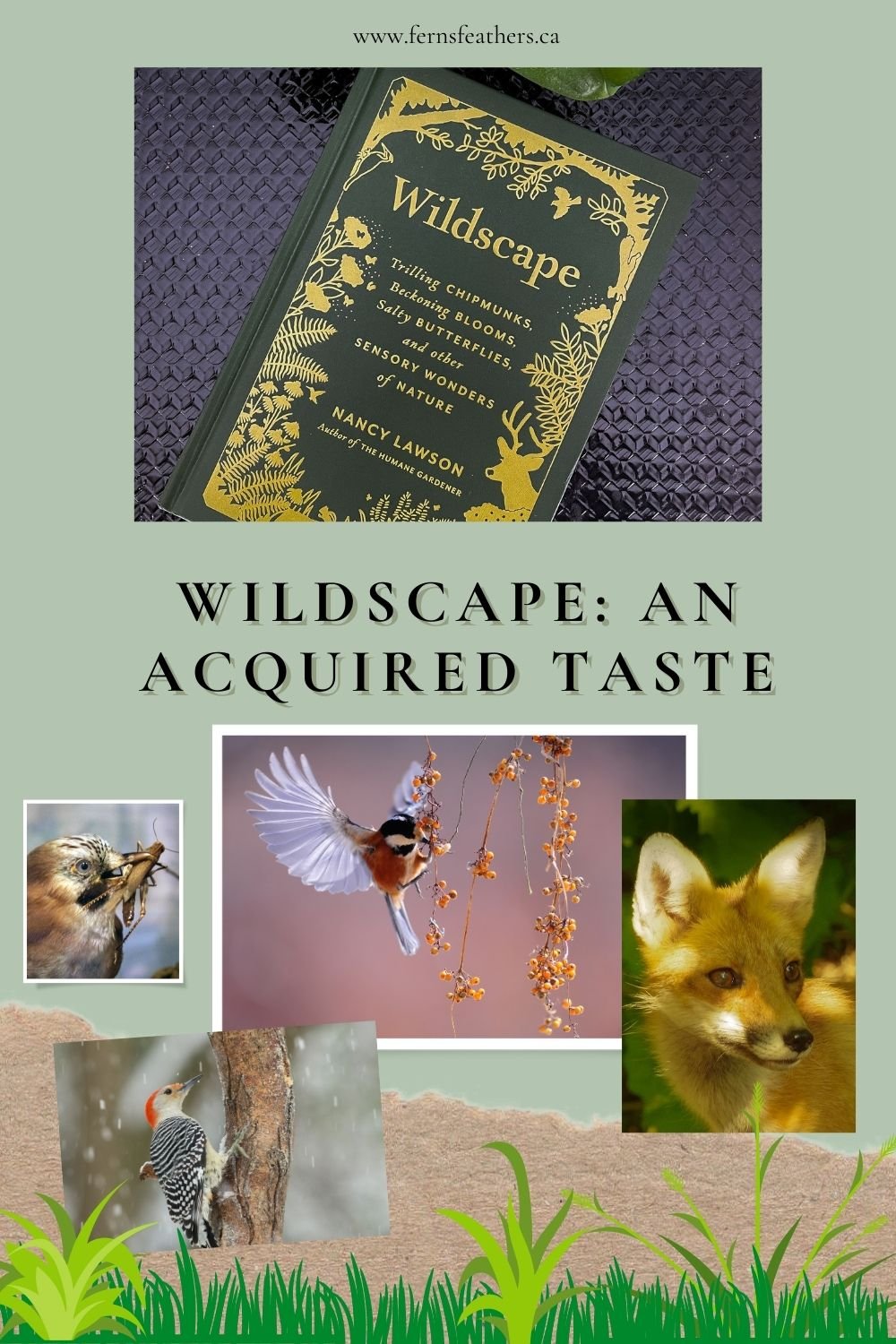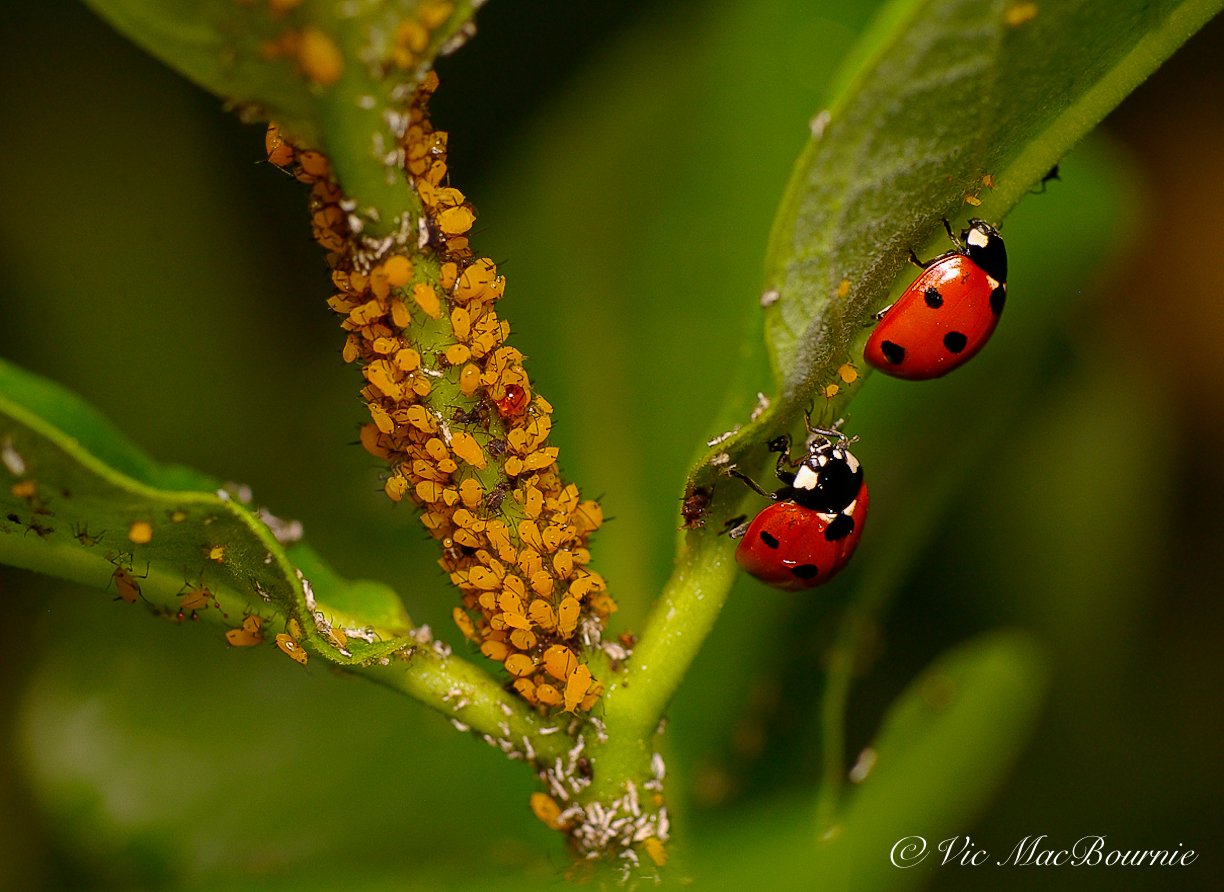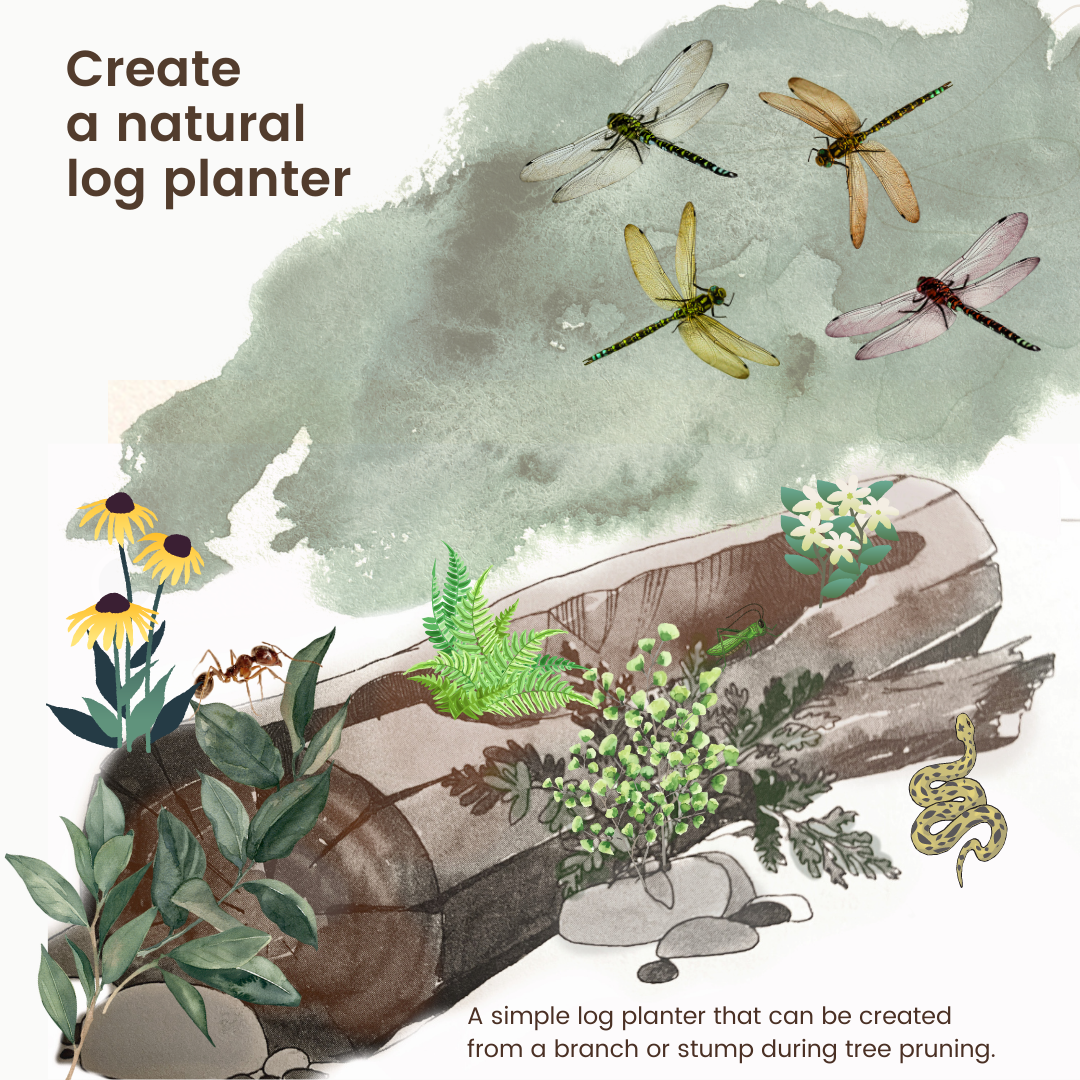Wildscape: Acquiring a taste for our gardens
A battle of epic proportions rages on in our gardens
When it comes to gardens, taste is not really about style, at least not in the world of Wildscape author Nancy Lawson.
Her definition of garden taste is more about a constant struggle between life and death. And, whether you know it or not, it plays out every day, every hour, probably every minute on your property.
The deer are looking for some tasty hostas to munch on, while the bees are craving pollen, the ants are looking to harvest the sugars provided by the aphids, and the snake would be happy to get a taste of that little frog tucked under the old stump. Meanwhile, those who are on the menu are combining a smorgasbord of senses to fool and create foul – even poison – signals to those who want to eat them.
It’s a battle even our garden plants have joined in on with their own defences.
In her latest book, Wildscape: Trilling Chipmunks, Beckoning Blooms, Salty Butterflies, and other Sensory Wonders of Nature (PA Press, Princeton Architectural Press, New York) Lawson explores – in five chapters – the sensory wonders of nature and the incredible adaptations insects, mammals, birds, reptiles and amphibians are sometimes forced to make to survive and prosper in our gardens.
For more on Nancy Lawson’s latest book Wildscape: check out my post on How senses play a role in our garden.
A little sweat is better than you may think
In chapter two, Lawson explores Tastescape in our gardens with the introduction of the relationship between salts from her own sweat and the diminutive blue azure butterfly.
“To this diminutive blue butterfly, the flowers bursting forth all over the gardens hold little allure right now,” Lawson writes. “The birdbath is where it’s at: prime beachfront property with a salty private sea lapping at its ceramic orange shoreline. He’s taking in not just water but whatever invisible bits of myself I’ve shed while rinsing out the dish. As far as I’m aware, I’ve left only fingerprints, but to the butterfly, the residues of my sweat might be a lifeline. And soon enough word travels fast among the azure’s cousins, because that evening as I settle into a chair on the patio with my books and a glass of water, an Eastern-tailed blue butterfly … lands on my big toe.”
It’s a dog-eat-dog world in our gardens where insects, caterpillars and other herbivores look for sustenance in our prized plants while predators big and small look to herbivores for many of their meals.
If The Humane Gardener, Nancy Lawson’s first book, was a plea for respect and compassion toward all species and a call for gardeners to welcome all wildlife to our backyards, Wildscape is a call to action for gardeners to recognize the problems humans are creating and how our actions are, in many cases, forcing garden wildlife to change natural behaviours to survive.
When it comes to taste, we gardeners may not realize our influences in the garden. Lawson’s small lesson in the importance of her own sweat did not go unnoticed.
“Animals rely on sodium for a number of physiological processes, including neuromuscular function, fluid regulation, digestion and excretion,” she writes. “From butterflies and bees to moose and squirrels, they seek natural salt licks to supplement their diets.”
Of course, the struggle to obtain sufficient amounts of salt in their diets is only a small part of the chapter on taste. Lawson’s exploration of how butterflies and a host of insects use other senses, including smell and sight to escape becoming a tasty treat is a fascinating study in itself.
“It’s hard to tell where other senses end and taste begins. Touch, smell, sound, and sight all play a role in locating food and avoiding becoming food yourself,” she writes. “The tastescape is a sensory feast filled with moments of sweetness: a tired papa cardinal teaches his fledglings to forage among flowerpots while taking frequent breaks to feed them; a mother deer and her fawn reunite in the evening for a nursing session. But it is also treacherous place, with the need to feed starting more wars among the plants and animals in one backyard than among people around the world throughout human history. From the gangs of tufted titmice mobbing a black rat snake trying to grab a stealthy meal to the frogs diving under the water lily refuges….
“In the battle of the appetites, plants can not only use their own senses to “taste” who’s eating them and shore up their defenses as necessary, but also offer sweet rewards to a mercenary army of anthropods,” explains Lawson.
A simple log planter can be an outstanding addition to any garden attracting both prey and predators.
How the tiniest of ants help shape our gardens
You may ask the very valid question: Why should we as gardeners care about the daily battles for food that go on in our gardens?
Lawson tackles these questions as well as offering advice on how we can create a more natural balance in our gardens where nature can take over from chemicals to keep everything in check.
“Even in the altered suburban landscape,” Lawson writes, “It’s not hard to observe the positive effects of leaving stumps, lining paths with logs, and creating brush piles. When neighbors cut trees, we place pieces of the trunk around our garden, making lemons from lemonade and even attracting ants who emit a lemony scent from glands near their mandibles when disturbed. The compound, called citronellal, acts as an alarm call to ants, who rush to defend the colony.”
Lawson explains the importance of ants – those same ants many gardeners look to exterminate – in our gardens.
“Watch ants in your garden, and it won’t take long to understand how profoundly they shape their surroundings and are shaped by them in turn. In our habitat they haul seeds, bits of wood, butterfly wings, and any other organic objects they can lift or drag….
From the smallest to the largest of living things our gardens are shaped and reshaped.
As Lawson concludes: “We are their allies, ensuring they have what they need to regenerate: the starter logs and starter leaves of a new, ant-filled, bee-buzzing, hummingbird-lit forest.”



